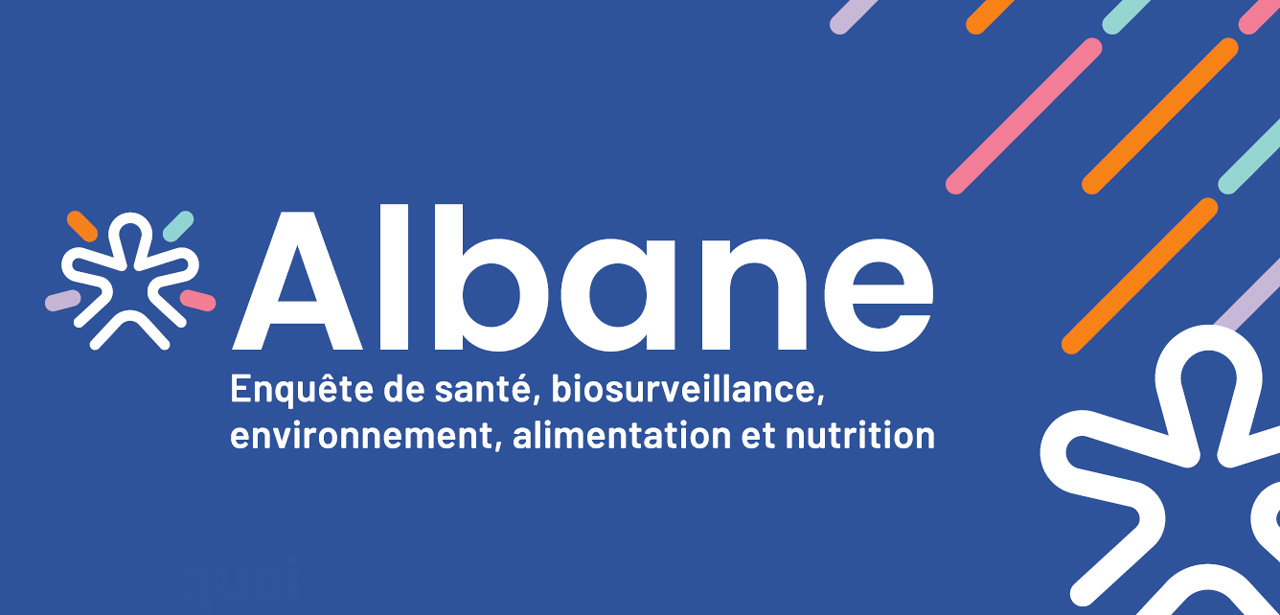Esteban is a nationwide cross-sectional study conducted in France in 2014-2016, including 2503 adults aged 18-74 years old and 1104 children aged 6-17 years old, as part of the French Human Biomonitoring programme. The present paper describes the biological levels of five families of pesticides analysed on random sub-samples of 900 adults and 500 children for urine concentrations, and 759 adults and 255 children for serum concentrations, and the determinants of exposure. Organophosphates, carbamates and herbicides were measured in urine by UPLC-MS/MS; chlorophenols and pyrethroids were measured in urine by GC-MS/MS; specific organochlorines were measured in serum by GC-HRMS. Multivariate analyses were performed to identify the determinants of exposure using a generalized linear model. Pyrethroid metabolites were quantified in 99% of adults and children, with the exeption of F-PBA, which was quantified in 31% of adults and 27% of children, respectively. Carbamates and some specific organophosphates were barely or not quantified. DMTP was quantified in 82% of adults and 93% of children, and γ-HCH (lindane) was quantified in almost 50% of adults and children. Concentration levels of pesticide biomarkers were consistent with comparable international studies, except for β-HCH, DMTP, and the deltamethrin metabolite Br2CA, whose levels were sometimes higher in France. Household insecticide use and smoking were also associated with higher levels of pyrethroids. All pyrethroids concentration levels were below existing health-based HBM guidance values, HBM-GVs(GenPop), except for 3-PBA, for which approximately 1% and 10% of children were above the lower and upper urine threshold values of 22 μg/L and 6.4 μg/L, respectively. Esteban provides a French nationwide description of 70 pesticide biomarkers for the first time in children. It also describes some pesticide biomarkers for the first time in adults, including glyphosate and AMPA. For the latter, urine concentration levels were overall higher in children than in adults. Our results highlight a possible beneficial impact of existing regulations on adult exposure to organochlorine and organophosphate pesticides between 2006 and 2016, as concentration levels decreased over this period.
Auteur : Tagne-Fotso Romuald, Zeghnoun Abdelkrim, Saoudi Abdessattar, Balestier Anita, Pecheux Marie, Chaperon Laura, Oleko Amivi, Marchand Philippe, Le Bizec Bruno, Vattier Ludivine, Bouchart Valérie, Limon Gwendolina, Le Gléau Florent, Denys Sébastien, Fillol Clémence
International journal of hygiene and environmental health, 2023, vol. 254, p. 114265


